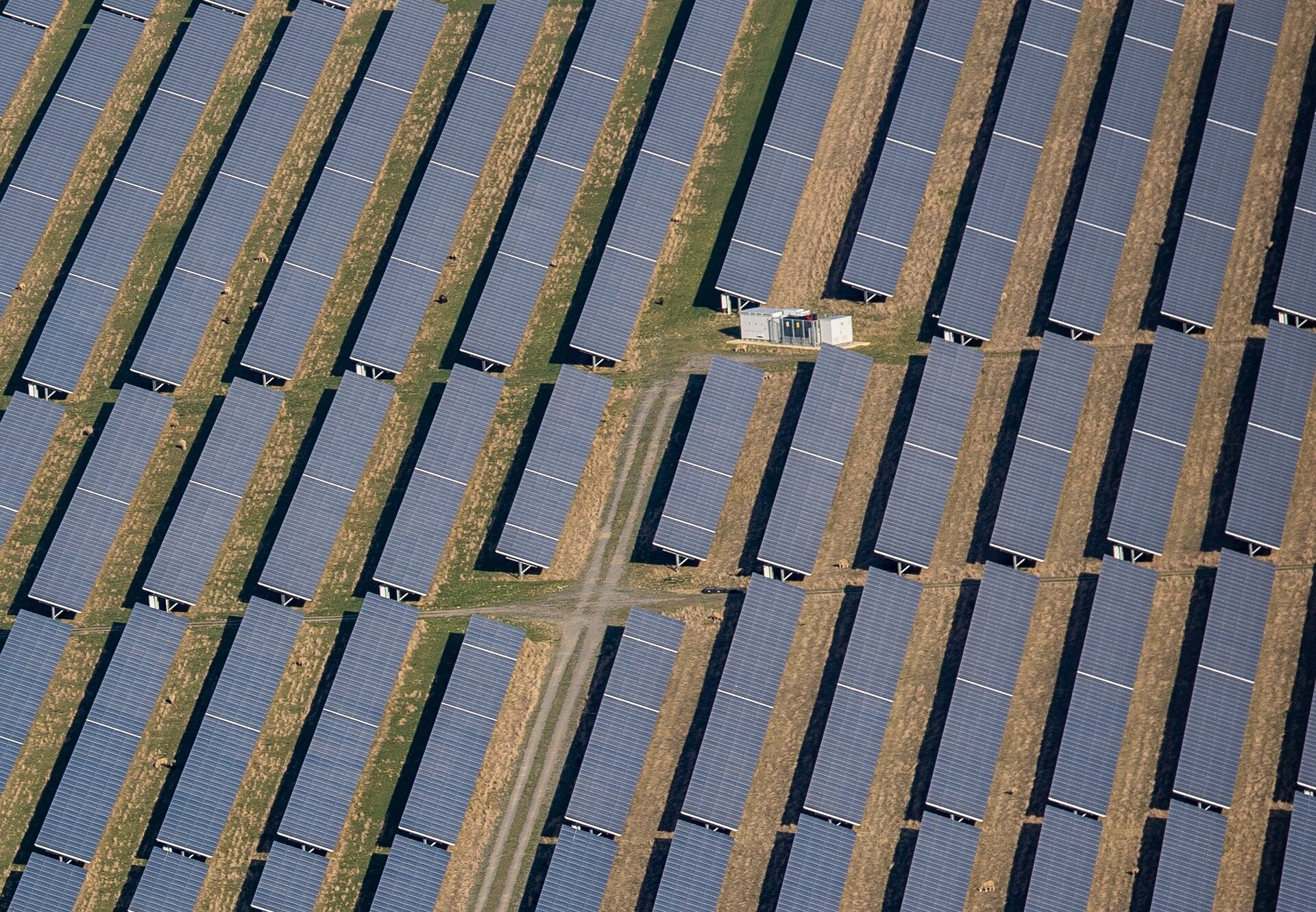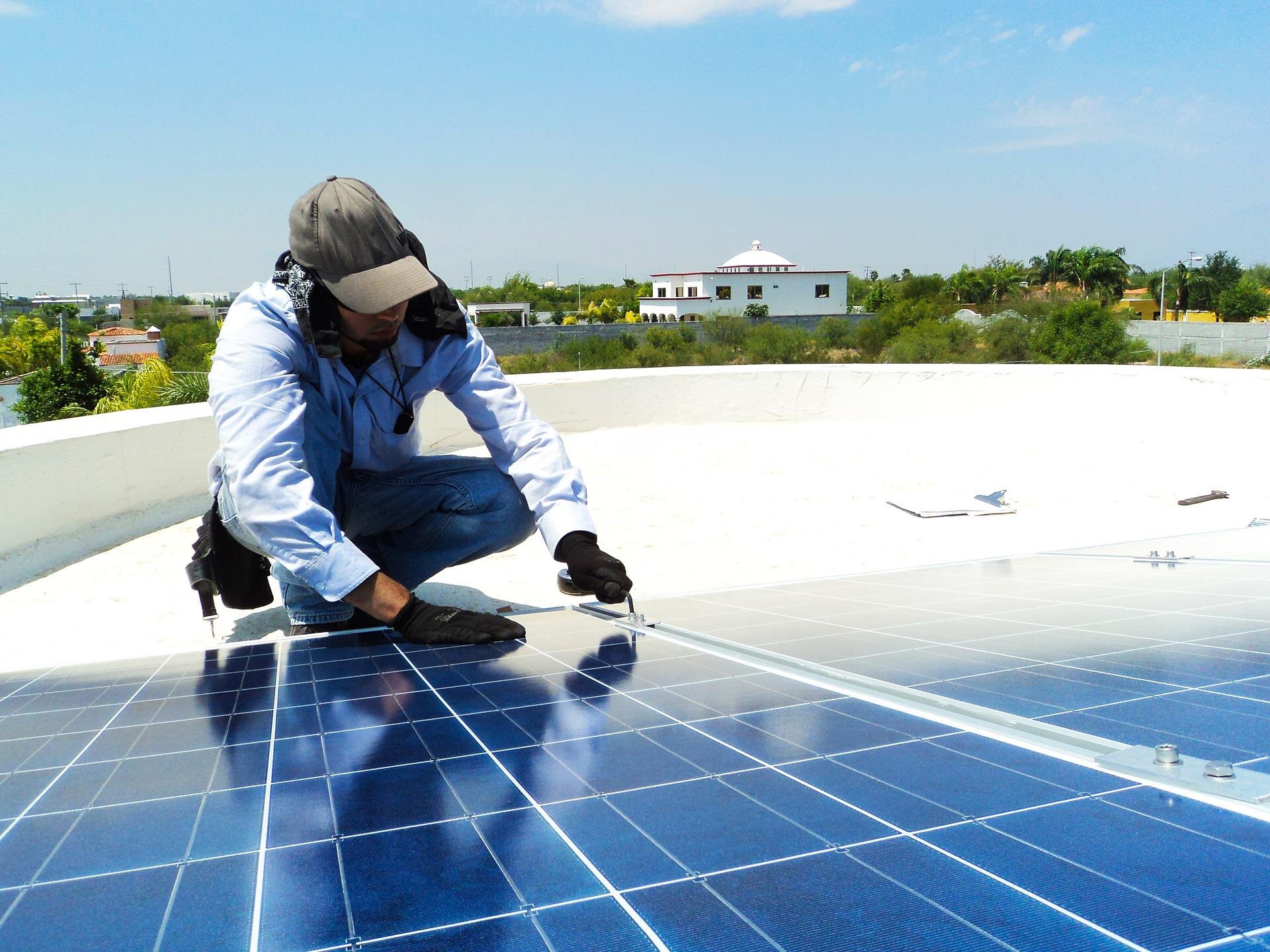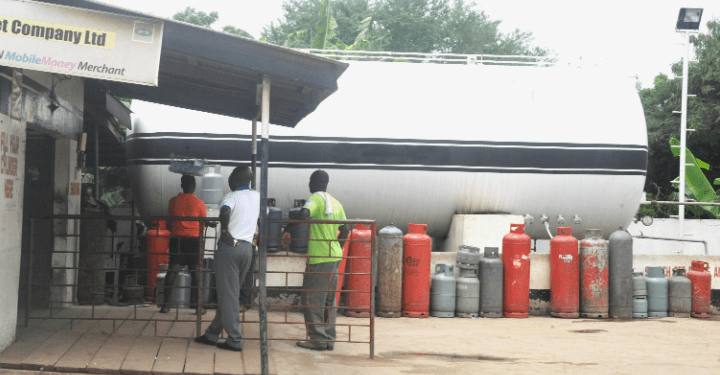- Israeli forces launch ground offensive in Lebanon as markets fear escalation
- India to fabricate its first chip in two years as Nvidia, AMD and Micron pledge to expand to the country
- Singapore private housing prices cool, ending an over year-long rally
- Real estate fees settlement created 'a new competitive ballgame,’ expert says. Here's what buyers, sellers need to know
- London-based Robinhood rival Freetrade buys UK arm of Australian investing platform Stake
What do you believe is the single most important factor driving up the cost of living in Nigeria?

Cool roofs could have saved lives during London's hottest summer
As many as 249 lives could have been saved in London during the 2018 record-setting hot summer had the city widely adopted cool roofs, estimates a new study by researchers at UCL and the University of Exeter.
The paper, published in Nature Cities, analyzed the cooling effect that roofs painted white or other reflective colors would have on London's ambient temperature between June and August 2018, the city's hottest summer. From June through August, the average temperature around London was 19.2 degrees C, about 1.6 degrees warmer than average for that time of year.
Urban environments tend to absorb a lot of heat and are usually a few degrees warmer than the surrounding region, an effect known as the "urban heat island." Painting roofs white or reflective colors would absorb less radiant energy from the sun than traditional dark roofs, effectively cooling the city.
The researchers found that had cool, light-colored roofs been widely installed throughout London, it could have cooled the city by about 0.8 degrees C on average, preventing the heat-related deaths of an estimated 249 people—equating to around 32% of the 786 heat-related deaths during that period.
In the same paper, the researchers also found that had rooftop photovoltaic solar panels been similarly widely adopted, they would also have cooled the city by about 0.3 degrees C. This would have prevented the deaths of an estimated 96 people across the city, or 12% of the heat-related deaths during that summer.

- September 26, 2024
Power shortfalls as a result of mismanagement -Ben Boakye

- September 27, 2024
Study shows US can cut greenhouse gas emissions by 65% by 2035




- October 1, 2024
Getting to zero emissions: A call for unified energy planning

- September 25, 2024
Ghana to host Strategic ESG and Sustainability Impact Summit

- September 25, 2024
Restarting nuclear power plants: the unprecedented gamble in the US

- October 1, 2024
New technique streamlines early-stage battery development

- October 1, 2024
New cooling system works on gravity instead of electricity
Subscribe to our mailing list to get the new updates!

Subscribe our newsletter to stay updated
Thank you for subscribing!




